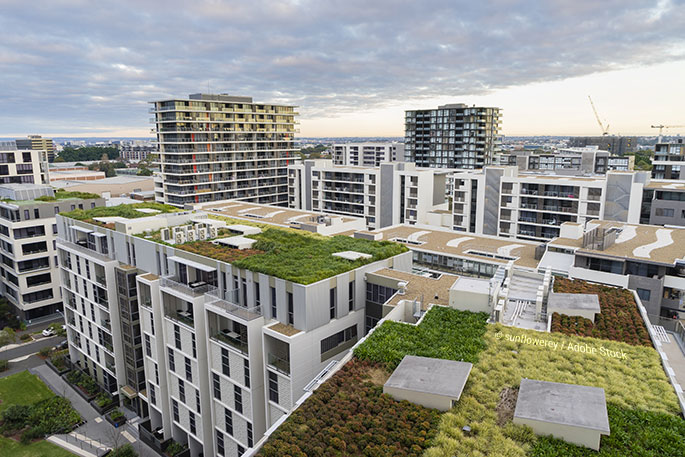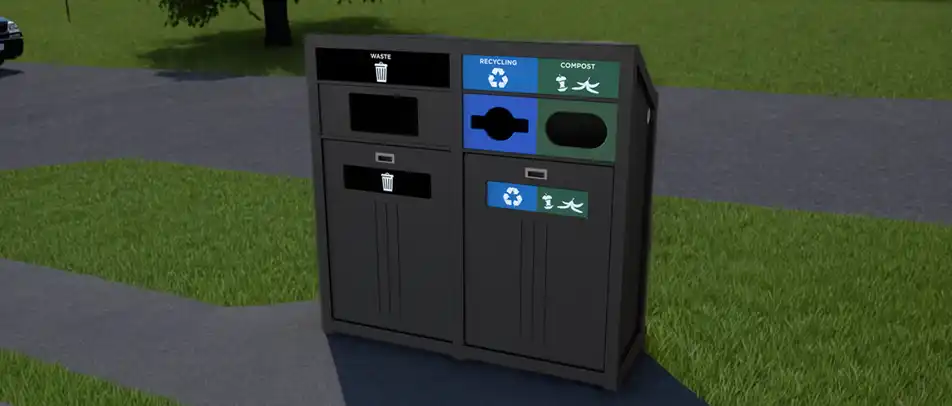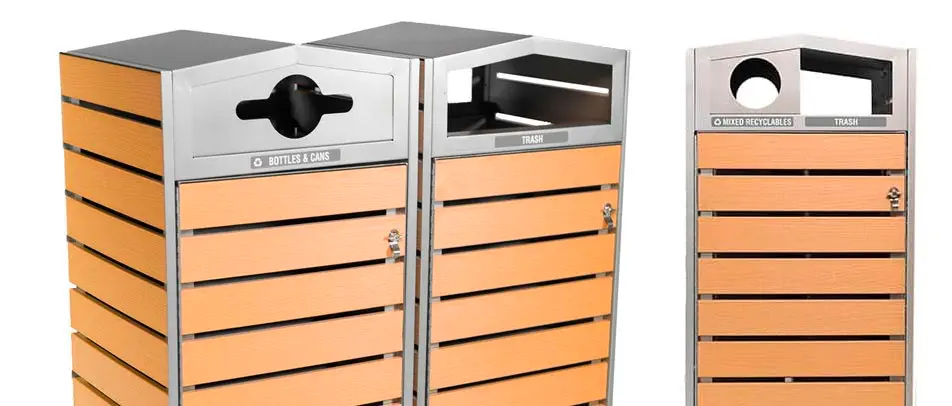
Green roofing is rapidly emerging as a popular trend in sustainable architecture. If you or your business would like to save on heating and AC costs, then you may consider green roofing for your home or office building. The time has never been better as cities across the world move to encourage green roofing for new buildings.
Recently, the city of Denver approved a measure that would require new buildings with areas greater than 25,000 square feet to devote a portion of roof space to green roofing. New York City recently announced a $100 million plan to curb urban heat waves which includes tree planting and rooftop gardens.
Green roofs are set up with a couple of simple components. A waterproof membrane will first be laid down to protect the roof from root growth, followed by layers of gravel and fabric, and finally a growing medium. A deeper “intensive” roof which can support a wider variety of plants will be at least 5 inches deep while a lighter and less “extensive” roof can be 1-5 inches deep.
Once installation is complete, the plants go to work improving the quality of the building. Temperature around the building will instantly go down as plants absorb sunlight and cool the surrounding air through a process known as evapotranspiration, the combined effects of which can reduce rooftop temperature by up to 8 degrees Fahrenheit compared to non-green roofs.
One of the major public benefits that green roofing provides is a reduction in stormwater runoff. Green roofs have been shown to retain 70-90% of the water that falls on rooftops in summer months, and 25-40% in winter months, relieving stress on urban sewer systems. In low-lying cities that experience flooding, this is a valuable service.
Many cities offer incentives to encourage green roofing; check to see if your city offers a tax credit or reimbursement for adding green rooftops. Some examples include the city of Portland which offers up to $5 per square foot of green roof, and Washington D.C. offers $10-$15 per square foot.
For the basic extensive roof, little maintenance is needed aside from yearly weeding. If your region receives less rain consider planting low water plants such as sedum, chives, or delosperma. Locally specific information and advice can be provided by a rooftop garden professional.
If your building meets the criteria for a rooftop garden to be set up, you may have a cost-cutting measure right under your nose.




































































































































 Three Ways to Engage Teams and Clients to Maximize Your Recycling Program Engagement
Three Ways to Engage Teams and Clients to Maximize Your Recycling Program Engagement  How to Integrate Accessibility Into Your Sustainability Planning
How to Integrate Accessibility Into Your Sustainability Planning  Why Park Benches Can Promote Workplace Well-Being
Why Park Benches Can Promote Workplace Well-Being 

Green Roofs are out of this world. Not only are they aesthetically pleasing to the eyes, they also offer a lot of protection to office buildings and they are also good for the environment.
It is a good idea to consider green roofing for your home or office building if you or your business would like to save on heating and AC costs. This article is really helpful when you are considering green roofing for your home or office building.